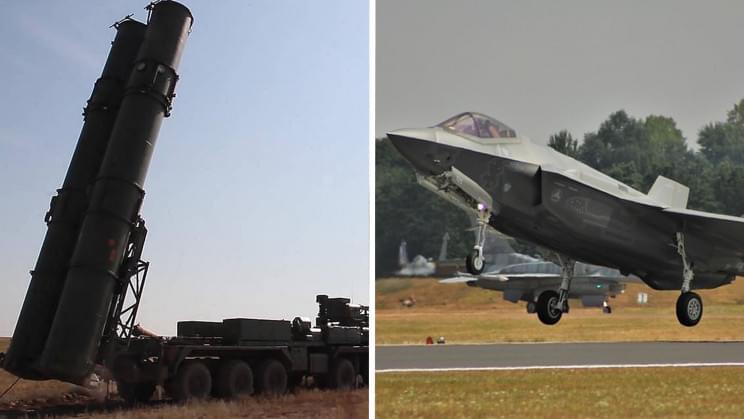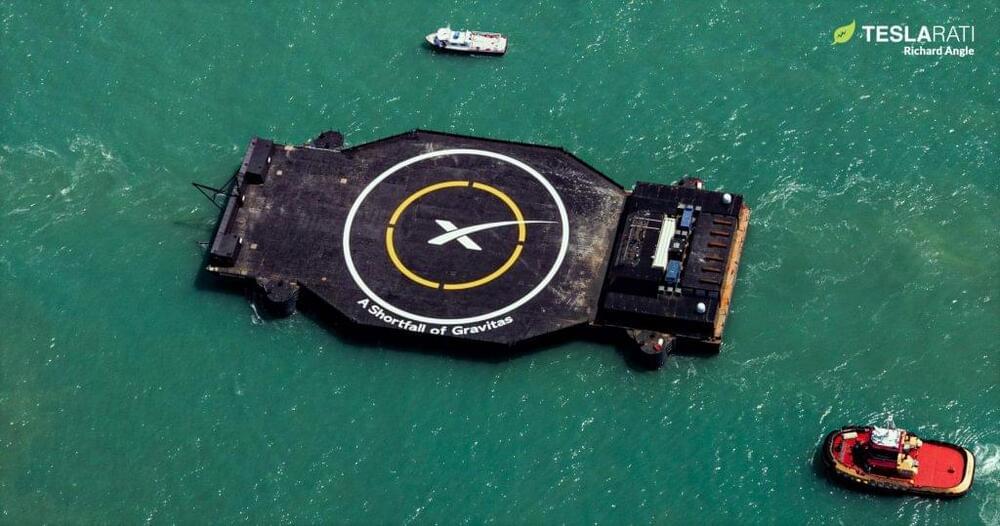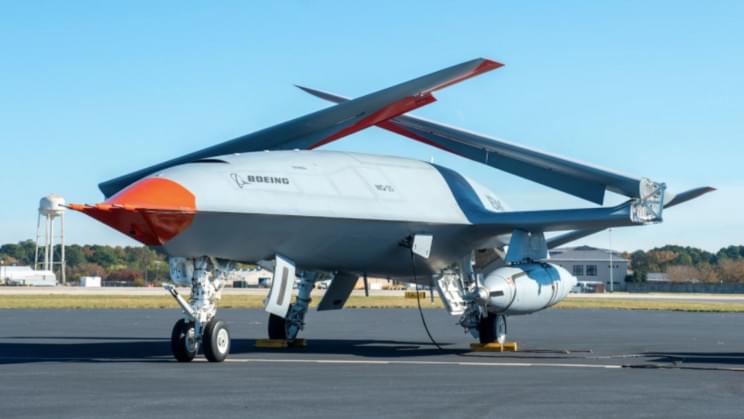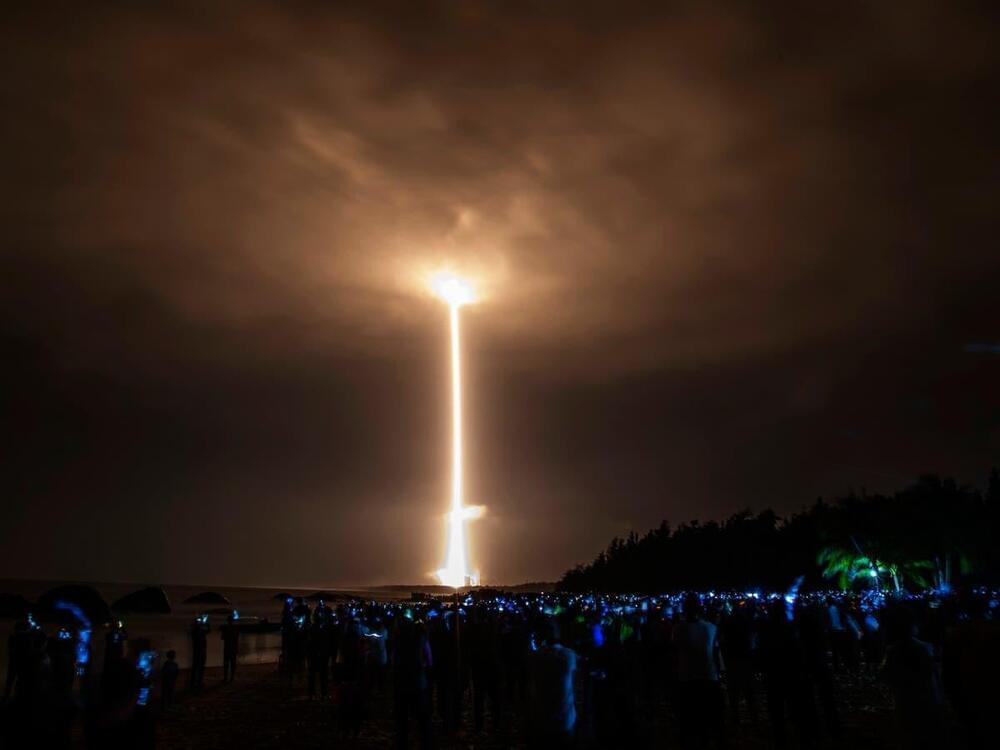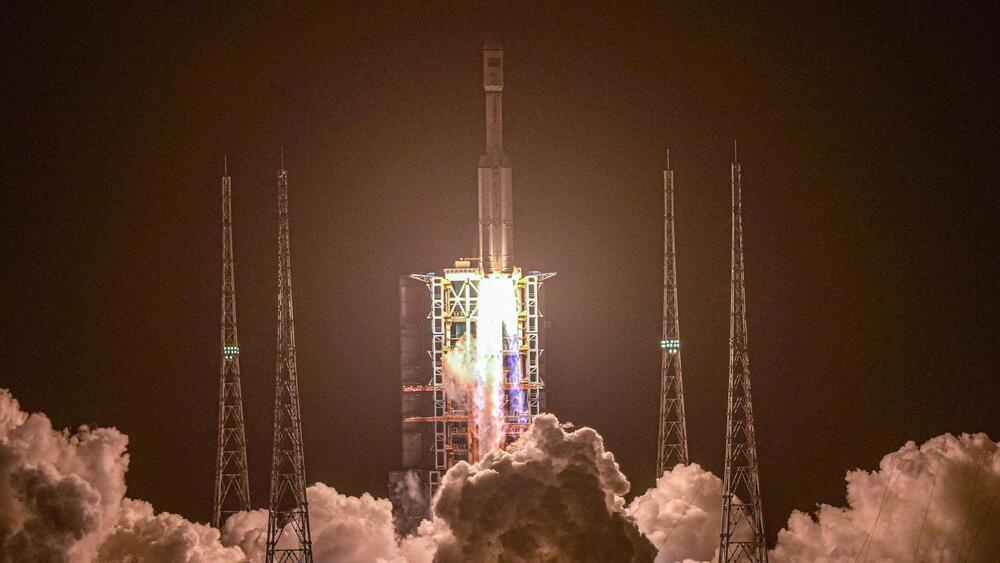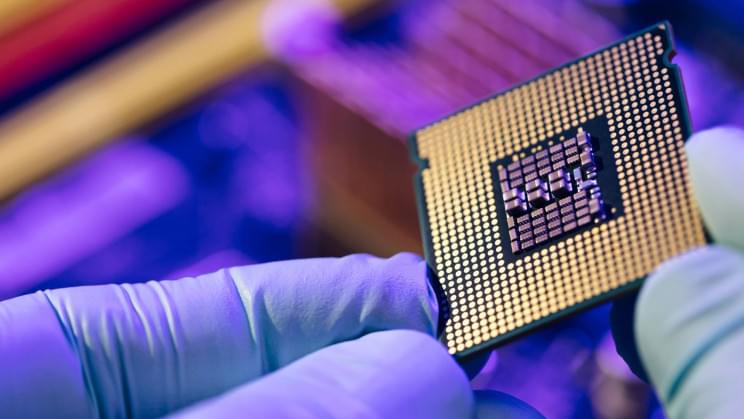What about S-500 makes it so fearsome for stealth fighter jets?
The F-35 is one of the most advanced flying machines ever developed by human beings. Sleek, stealthy, but very expensive, it should dominate the skies for many years to come.
But, has it met its match with the development of the new Russian S-500 surface-to-air missile defense system? Let’s take a look.
What is the Russian S-500 defense system? The S-500 missile defense system, also known as the 55R6M (Triumfator-M) or “Promotey” (“Prometheus”), is a Russian developed surface-to-air (SAM) and anti-ballistic missile system developed to replace the older A-135 missile defense system currently in use. Intended to be used as a supplement, and eventual replacement, to the S-400, it has been in development since 2009, and was originally planned to enter production in 2014 but has been subject to years of delays.
Full Story:
